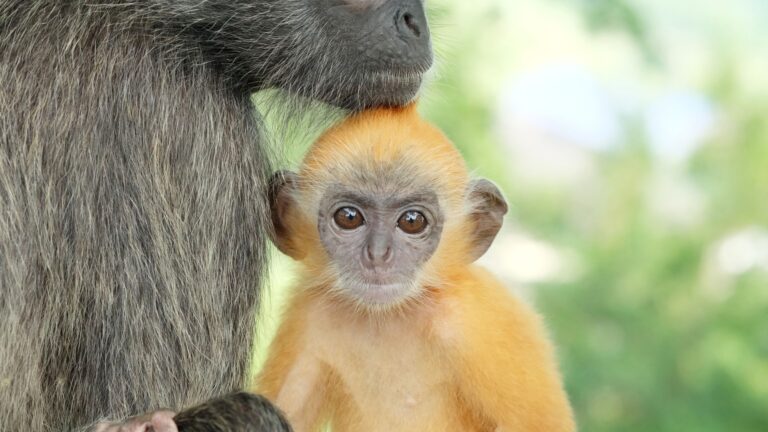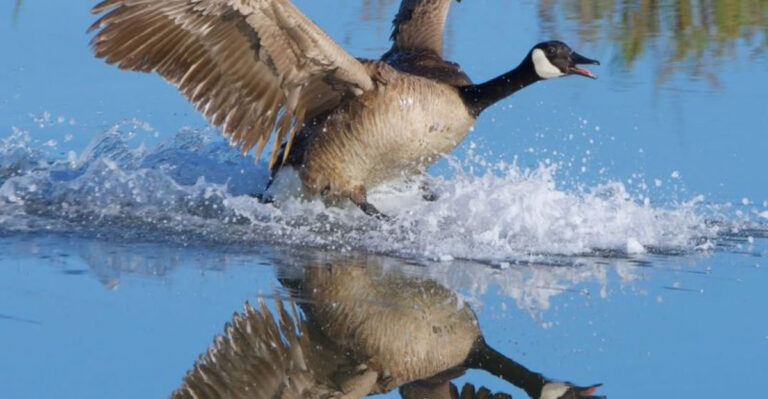Why The Flat-Headed Cat Remains One Of The World’s Least Known Wild Cats
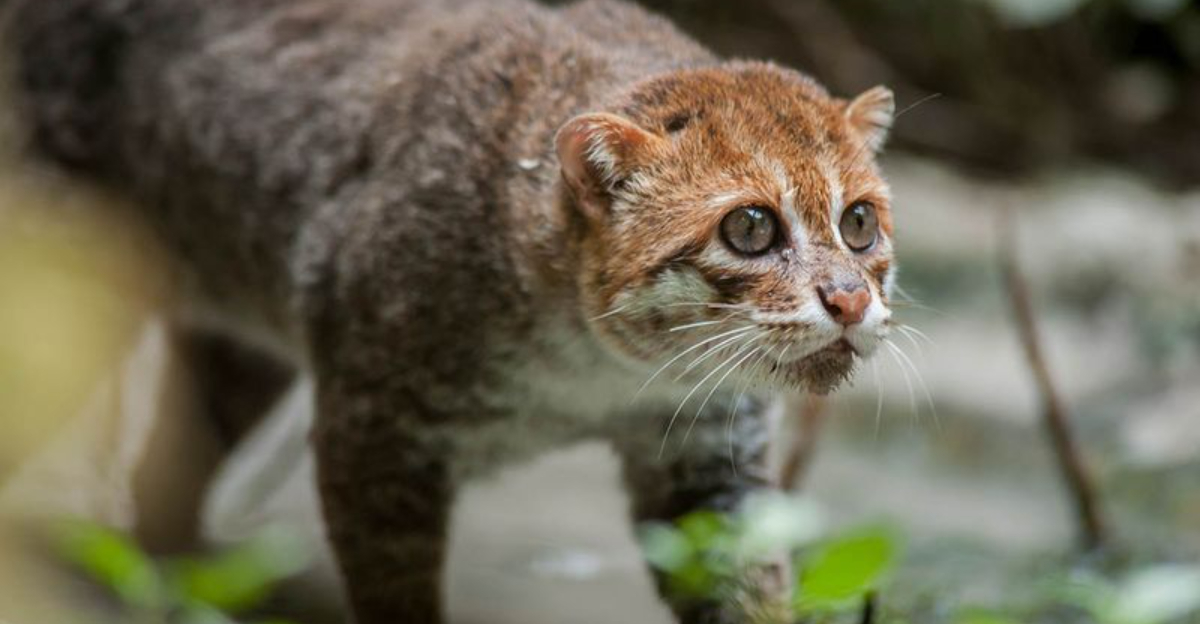
Hidden in the swampy forests of Southeast Asia lurks one of nature’s most secretive treasures – the flat-headed cat.
Despite being a wild feline with fascinating adaptations, this small predator remains virtually unknown to most people. Its mysterious nature and remote habitat have kept it in the shadows, away from scientific study and public awareness.
1. The Mystery Of The Flat-Headed Cat
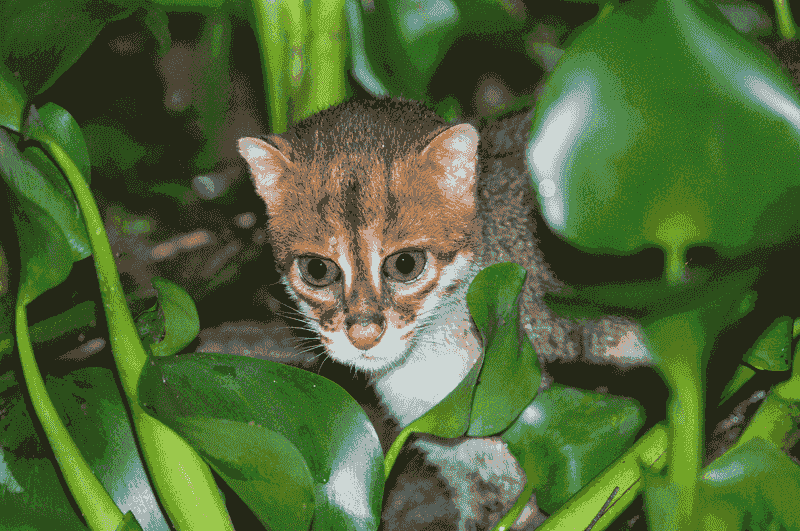
Lurking in dense wetlands, the flat-headed cat evades human detection with remarkable skill. Few researchers have managed to study this elusive feline in its natural habitat.
Camera traps occasionally capture fleeting glimpses, offering rare windows into its secretive world. The cat’s ability to vanish into challenging terrain has created an air of mystery that continues to baffle scientists.
2. Unique Physical Characteristics
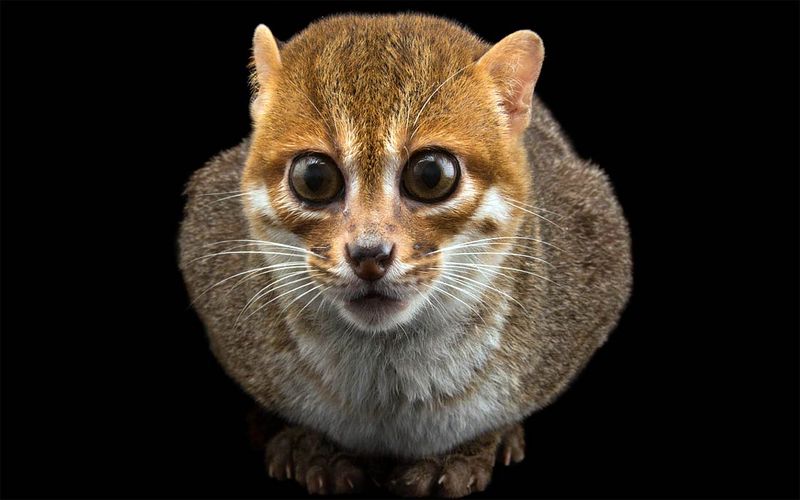
Unlike other wild cats, this species sports an unusually flattened skull and close-set eyes that give it an unmistakable appearance. Its webbed paws enable exceptional swimming abilities, while sharp claws efficiently snag slippery prey.
The cat’s small ears and elongated teeth are perfectly adapted for hunting in wetland environments. These specialized features make it instantly recognizable to the few lucky enough to spot one.
3. Where Do Flat-Headed Cats Live?
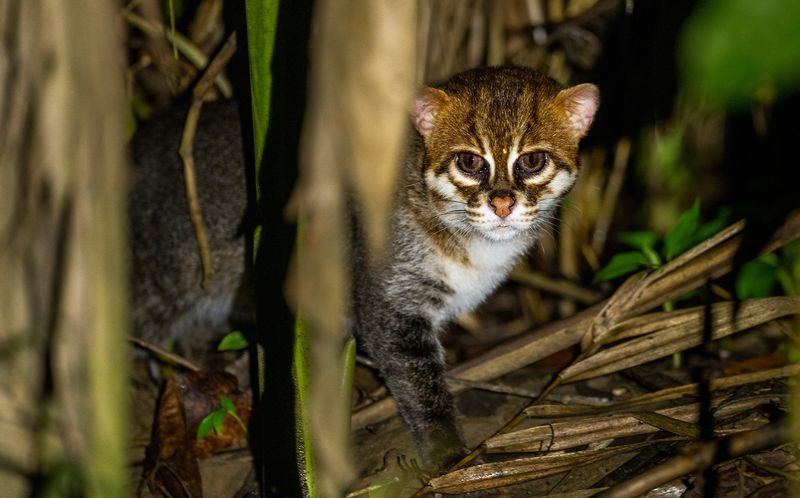
Confined to Borneo, Sumatra, and small parts of Malaysia, these cats thrive exclusively in waterlogged environments. They patrol riverbanks, swamps, and flooded forests where few humans venture.
Their specialized habitat requirements limit their distribution to increasingly fragmented areas. This restricted range contributes significantly to their obscurity and vulnerability, making them one of Southeast Asia’s least encountered mammals.
4. Why It’s Hard To Spot Them
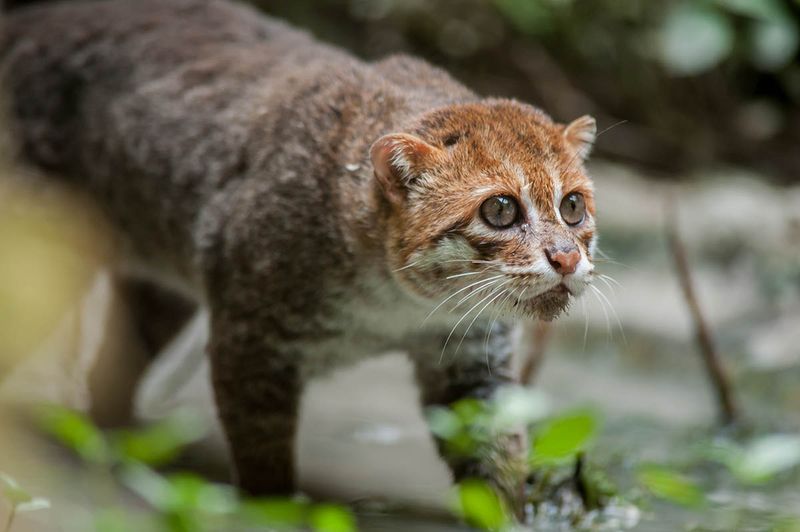
Even within suitable habitats, flat-headed cats maintain extremely sparse populations. Researchers estimate fewer than 2,500 mature individuals exist across their entire range.
Each cat requires large territories to sustain itself. Their naturally low density means that even dedicated scientists might spend years in the field without encountering a single individual, making consistent observation nearly impossible.
5. Nocturnal Behavior
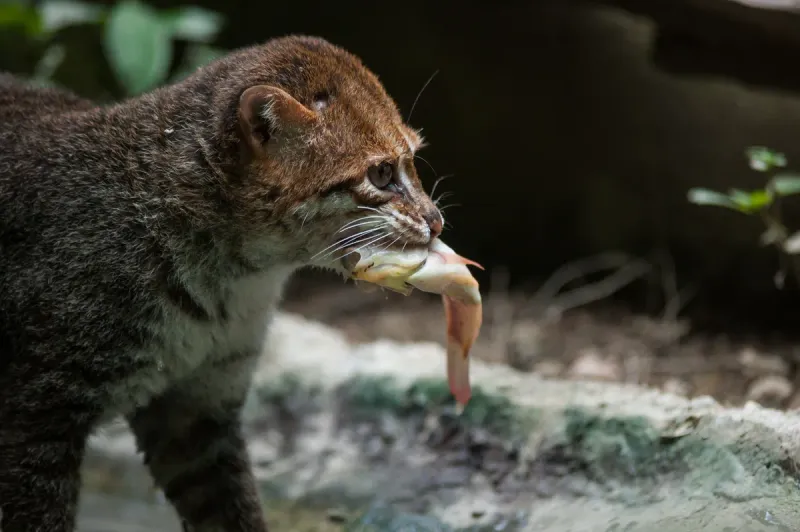
Under the cover of darkness, these secretive felines emerge to hunt. Their primarily nocturnal lifestyle keeps them hidden from casual observers and most scientific studies.
Specially adapted eyes allow them to navigate murky waters at night when fishing for prey. This preference for darkness means that most of their behaviors remain unwitnessed by human eyes, shrouding their lives in mystery.
6. Why The Flat-Headed Cat Is So Rare to Encounter
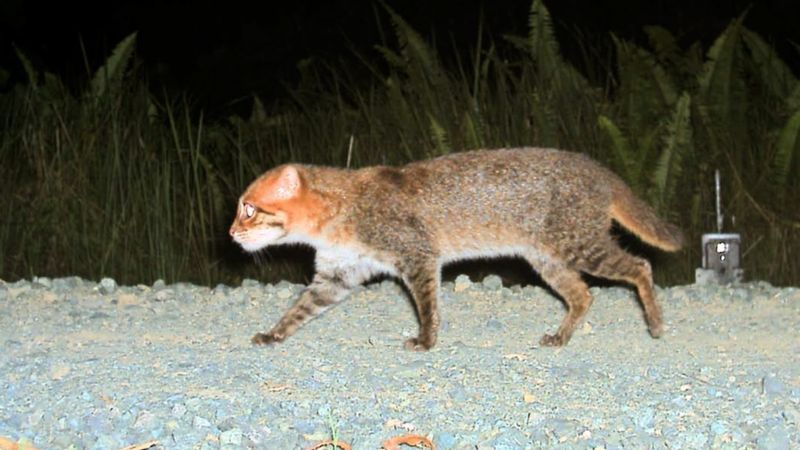
Field researchers report that flat-headed cats are among the most difficult wild felines to observe in nature. Their exceptional wariness and preference for dense vegetation make chance encounters virtually nonexistent.
Most wildlife photographers never capture this species despite extensive expeditions. The handful of documented sightings often come from remote camera traps rather than direct human observation.
7. Limited Research And Data

Scientific knowledge about this species remains frustratingly incomplete. Few dedicated studies exist, with most information coming from opportunistic observations rather than comprehensive research.
Basic aspects of their biology—including reproduction, lifespan, and social structure—remain poorly understood. This knowledge gap makes it challenging to develop effective conservation strategies, further contributing to the cat’s obscurity.
8. Is the Flat-Headed Cat Endangered?

Classified as ‘Endangered’ on the IUCN Red List, flat-headed cats face a high risk of extinction. Population numbers have plummeted by over 50% in recent decades with continued decline projected.
Despite this alarming status, they receive minimal conservation attention compared to more charismatic species. Their precarious situation remains largely unknown to the public, limiting support for protection efforts.
9. Threats To The Flat-Headed Cat’s Survival
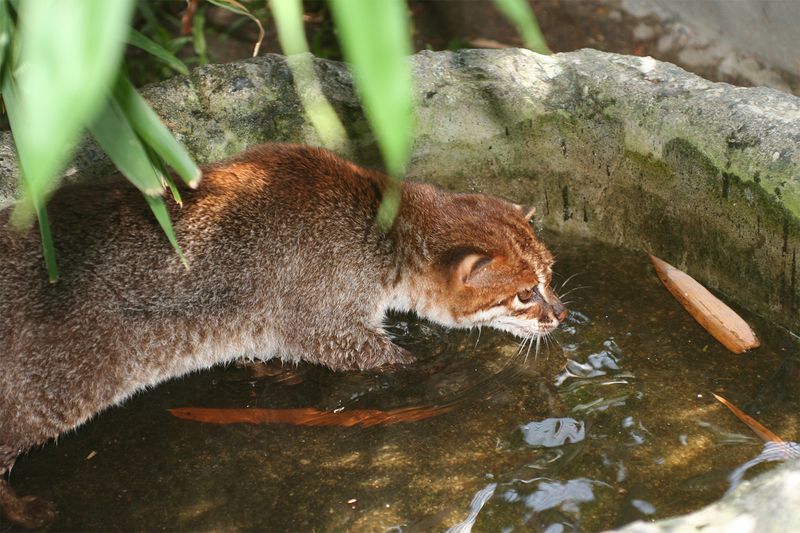
Wetland destruction for palm oil plantations has decimated prime flat-headed cat habitat across Southeast Asia. Water pollution from mining and agriculture poisons their aquatic hunting grounds.
Climate change intensifies droughts in their range, drying up essential waterways. These combined pressures squeeze populations into ever-shrinking pockets of suitable habitat, pushing this specialized hunter closer to extinction.
10. What Does The Flat-Headed Cat Eat?
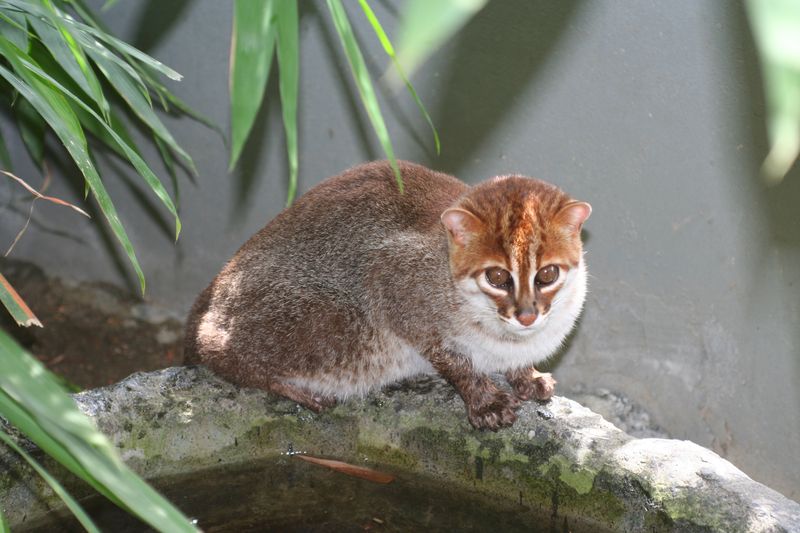
Masters of aquatic hunting, these specialized cats primarily feast on fish, frogs, and crustaceans. Their unique teeth and jaw structure allow them to snatch slippery prey with remarkable precision.
Unlike most felines, they frequently hunt underwater, using their webbed paws to navigate streams. This unusual dietary niche separates them from other wild cats and contributes to their specialized evolution.
11. Cultural And Mythological Significance
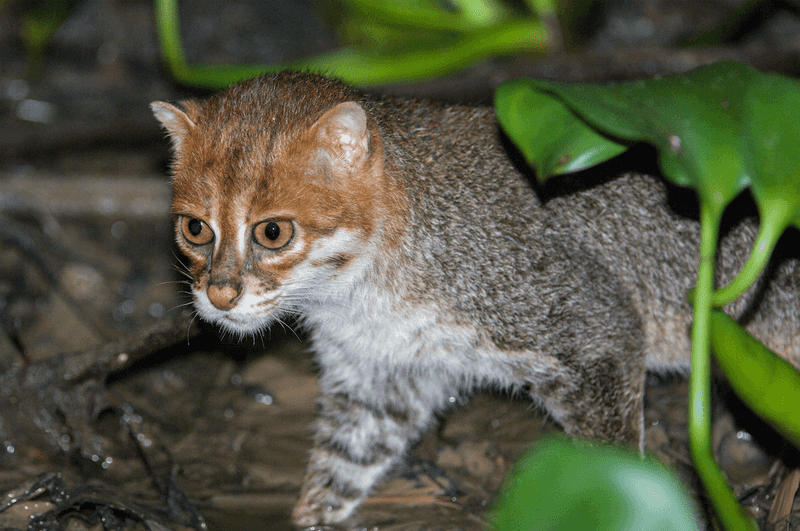
Among indigenous communities of Borneo, whispered stories tell of a water spirit in feline form. Some tribes consider glimpsing the flat-headed cat an omen, though encounters are exceedingly rare.
Unlike tigers or clouded leopards that feature prominently in regional mythology, this secretive cat barely registers in cultural consciousness. Its absence from folklore reflects its phantom-like existence even among those who share its habitat.
12. Elusive Behavior
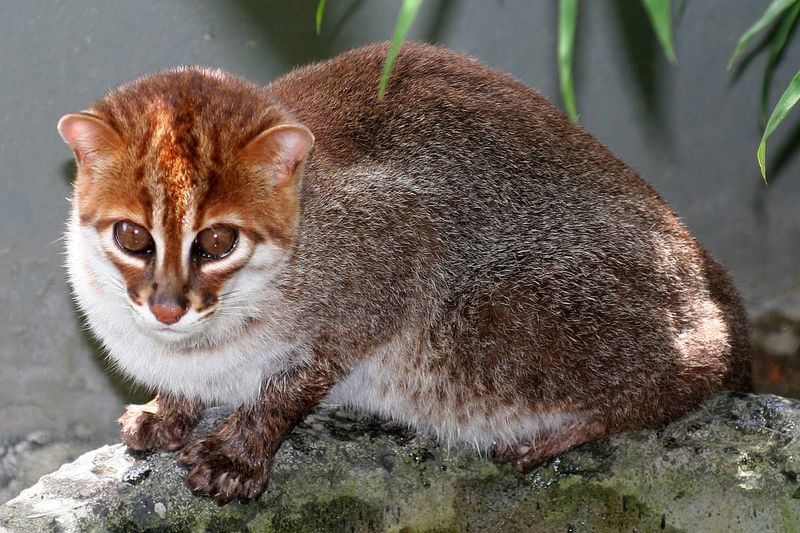
Hyper-vigilant and extraordinarily shy, these cats detect human presence long before we spot them. Their acute senses and cautious nature make them masters of avoidance.
When disturbed, they silently retreat rather than stand their ground. This extreme wariness serves as effective protection against predators but also keeps them hidden from scientific observation, contributing significantly to our limited knowledge.
13. Efforts To Protect The Flat-Headed Cat
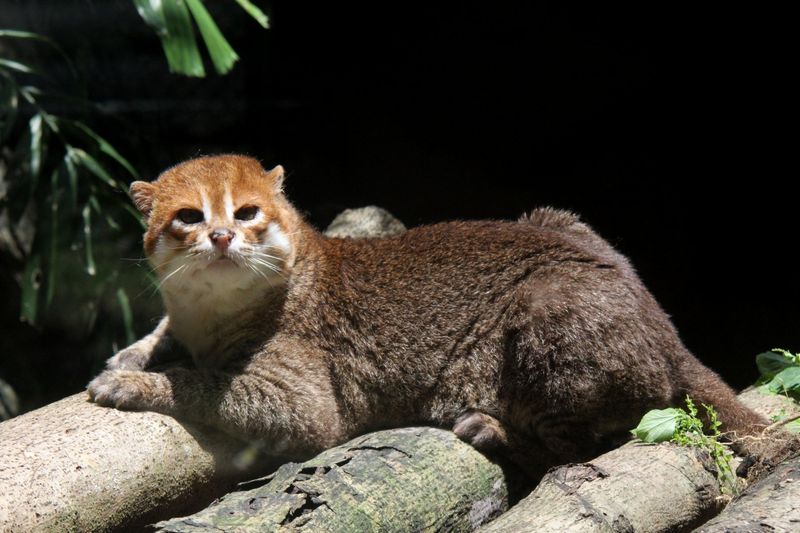
Conservation organizations have begun establishing protected wetland corridors specifically for these endangered cats. Camera trap networks now monitor remaining populations, though funding remains limited.
Public awareness campaigns struggle to generate interest in this non-charismatic species. Protecting the flat-headed cat requires preserving entire wetland ecosystems, making conservation efforts particularly challenging in regions facing intense development pressure.





